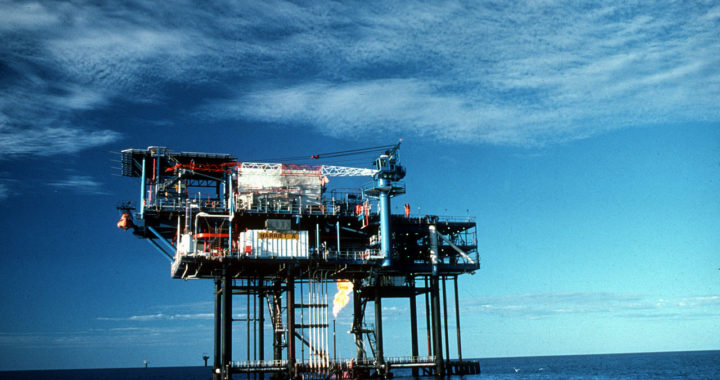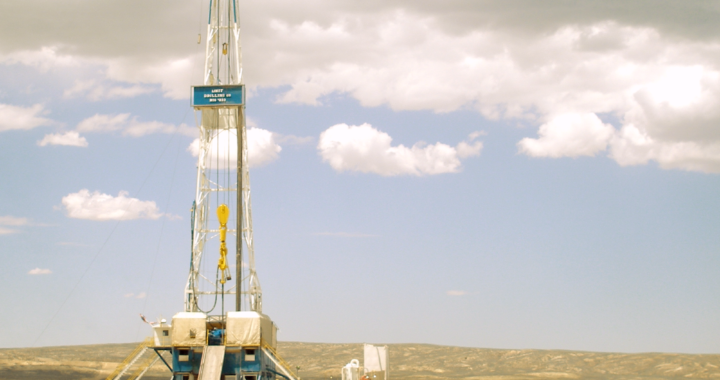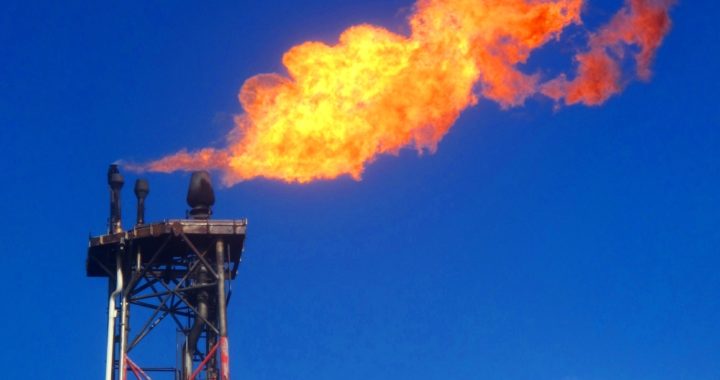Earlier this week, explosions aboard two oil tankers traveling through the Gulf of Oman forced crews to evacuate ship and leave the vessels floating, abandoned. The attacks mark a third such instance of violence in the region in recent months. Those worried the tense situation would upset the price and availability of oil and gas throughout the world, however, have noticed little longterm fluctuation in oil prices, thanks in large part to the stability of the US energy industry.
‘Nobody Wants to See War in the Gulf’
On Thursday, the Norwegian-owned Front Altair or the Japanese-owned Kokuka Courageous experienced explosions while traveling through the Gulf of Oman. The United States wasted little time in accusing Iran of the attacks. A source inside the UK Foreign Office told the BBC, “We strongly agree with the US assessment.”
Iran has, predictably, denied any involvement with either attack.
Those declarations aside, the attacks mark a temporary disruption in the international oil trade. As to further escalation, several nations, including China, have declared that war isn’t in anyone’s best interest.
The International Oil and Gas Highway
Long-term disruption in the Gulf of Oman has severe implications for oil; around 16 million barrels move through the area each day. The area is also a hotspot for liquefied natural gas shipping, as well. If oil and gas is unable to move quickly through the Gulf of Oman, every energy industry in every country in the world is affected.
Thursday’s attack alone drove up oil prices 4 percent almost immediately.
Fortunately for general consumers, however, this increase in oil prices was much more muted than it would have been in previous years. “The rally is not particularly impressive. In other years, this would be a 5% to 10% move,” said energy analyst Tom Kloza.
Experts agree that the abundance of readily available refined oil continues to outweigh any concerns about the overall safety in the Gulf of Oman.
A Concerted Communal Effort
With the global need for oil sated thanks to a consistent US effort, the companies and countries with interests in the Gulf can turn their attention to security. This third round of attacks has spurred several nations to partner with businesses in the region to heighten security measures throughout the Gulf of Oman.
As one Saudi official explained, “The key thing now is to find a way to deal with those type of attacks in the future and assure everyone that those routes are still safe.”





